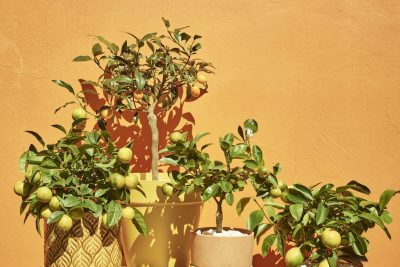
Bringing Birds to Your Garden
by Northern Life
FILL YOUR GARDEN WITH BIRD SONG
Approximately 30 species of bird are regular garden visitors, although more than 140 bird species have been recorded in British gardens. A good population of birds in the garden are part of a healthy garden, helping to keep caterpillars and aphids in check which can damage garden plants. Here’s our guide to keeping our feathered friends happy…
When and how to feed garden birds
Water is essential for bathing and drinking throughout the year. Provide water in a shallow container, preferably with sloping sides and no more than 5cm (2in) deep. During frosty weather, remove the ice so birds can continue to have access to water.
Choosing feeders and providing water
- Use wire mesh feeders for peanuts and seed feeders for other seed
- Place fat blocks in wire cages. Plastic nets around fat balls must be removed as birds, such as woodpeckers, can get caught up in the mesh. Create your own fat blocks by melting suet into moulds such as coconut shells or into holes drilled into logs
- To help limit the spread of infections and diseases keep feeders clean, refill little and often (1-2 days’ worth of food) and, if possible, change their position in the garden to avoid fouling the ground underneath.

Preferred foods
Use different foods and recipes to entice a range of birds. Although fat is important, particularly in winter, also provide a grain mix or nuts to maintain a balanced diet.
Many birds have ‘favourite’ foods, so choosing certain types can affect what you see feeding in the garden. These are just some of the preferences:
- Insect cakes for tits
- Berry cakes for finches
- Finely chopped animal fat and grated cheese are welcomed by small birds, such as wrens
- Sparrows, finches and nuthatches enjoy prising the seeds out of sunflower heads. Also, leave seed heads on herbaceous plants overwinter
- Niger seed is liked by goldfinches
- Peanut cakes for starlings
- Fruit is favoured by thrushes and blackbirds. Scatter over-ripe apples, raisins and song-bird mixes on the ground for them. Consider planting berrying shrubs and trees, including favourites such as Malus, Sorbus, Cotoneaster and Pyracantha
- Mealworms are a favoured food of many garden birds
Nesting sites and bird boxes
Many birds nest in dense vegetation including shrubs, hedgerows and trees. Holes in trees provide a natural nest site for several species. Birds such as house sparrows, starlings, house martins and swifts can nest in the soffit boards under the eaves. Bird boxes can provide additional nest sites in gardens and are often used.
NorthernLife Mar/Apr 2023




